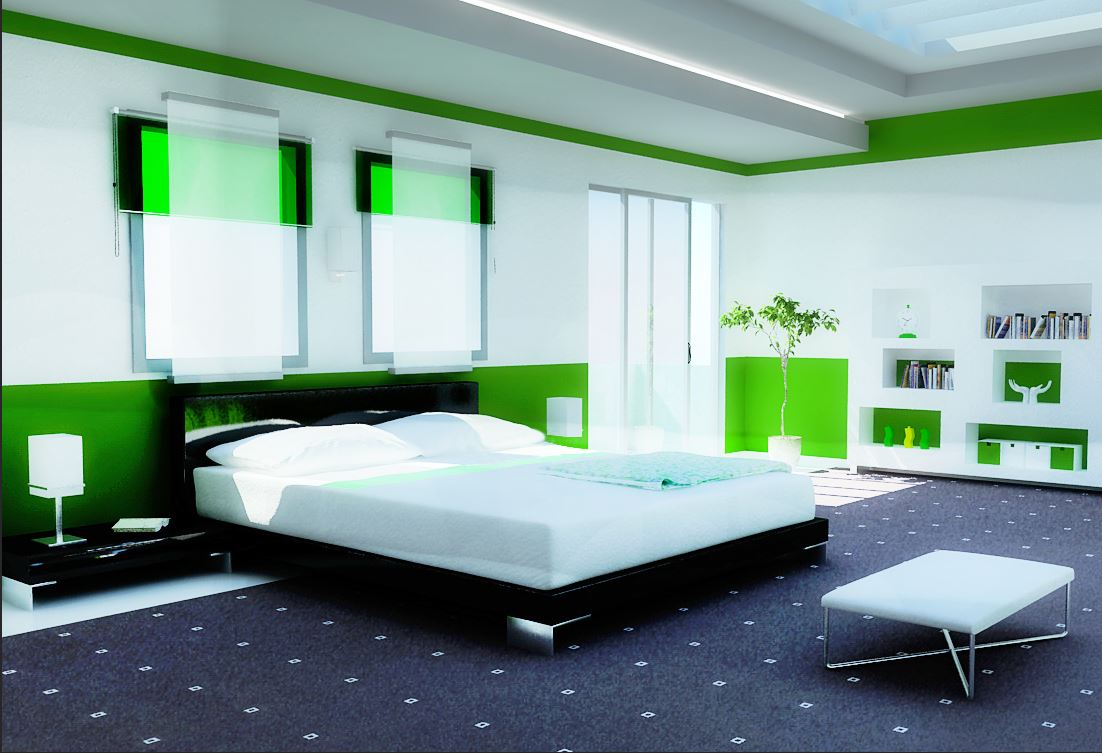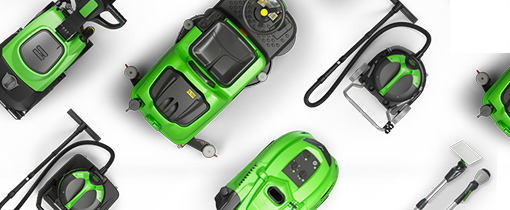
Estimated reading time: 15 minutes
As humans, although we know well that you shouldn’t judge a book by its cover, we tend to feel that “first impressions” are crucial when it comes to evaluating the environment around us. Perception is, in fact, the initial judgement, which often occupies a “semi-permanent” place in our mind, affecting our feeling and actions.
Poor cleaning or just superficial perception?
Is this the real question? Or is it true that in the janitorial services sector, perception of cleanliness must go arm in arm with actual effective cleaning?
We would like to note that contract cleaners and janitorial service companies should be aware of the importance of some visual clues and how they impact on the perception of the quality of their services. It is understood that all cleaning jobs must be carried out in the most accurate possible way but in the end, it comes down to the simple question: is this room/space/environment looking clean?
An overflowing trash can, dwindling or lacking hand washing stocks (soap and towels) and wetness around the sink are all visual signs that suggest a shabby or inaccurate cleaning in a bathroom. On the contrary, well stocked hand washing supplies and emptied trash cans heighten the sense that an area is being properly cleaned and taken care of. Also, a record cleaning checklist showing the last time the restroom was cleaned can reassure users about ongoing cleaning activities.
Good smells are also associated with the perception that a space is clean. Obviously, nobody wants just a good smelling dirty room, but a hint of deodorant can be the finishing touch of a professional performed cleaning activity.
What about Reality and Perception of cleaning in community areas?
In offices, medical, industrial and school environments the perception of cleanliness becomes an asset. Because of this, cleaning specialists should focus not only on how to clean facilities but also on how to heighten users’ perception of being in a well-cared for and cleaned ambience. A neat and clean looking office space, school room or any medical environment is indeed gratifying for employees and guests and boosts the sense of well-being and productivity.
Would you believe that a clean and tidy looking ambience increases employees performances?
Yes, it does!
In school facilities that are perceived as well-cleaned and maintained, students’ performances and concentration can definitely improve because of the positive impact from the perception of a safe and valuable environment.

Smart companies have realized that working in a clean environment can help employees work to the best of their abilities, reducing stress and giving them a sense of pride. By the way, it isn’t just the desks, the floors and the surroundings that need to be cleaned. Recent reports pointed out that a computer keyboard is very dirty and full of microbes. This leads us to the next point…
Is “Real cleaning” enough...?
It is accepted that generalized effective cleaning reduces exposures to contaminations and hazards, thereby decreasing risks for everybody and contributing to public health.
Indoor cleaning can be managed relatively simply, but outdoor cleaning can be trickier because the causes of pollution and contamination are out of complete control and complex. However, any environment can be studied, and cleaning activities can be designed, implemented and maintained to suit their users’ needs perfectly.
In sanitary environments, for example, cleaning strategies are performed to the extent that they ensure general health. Some contaminants will remain even after cleaning but will be regarded as an altogether low risk for human health. In the end, cleaning must reduce risks and guarantee a permanent safe and low level of bacteria and viruses. Obviously, environments must be cleaned regularly to keep it under control. Cleaning procedures and regular bacteriological tests ensure that cleaning is effectively accomplished.
Cleaning and sanitizing are usually done as separate and subsequent stages and processes. A surface needs to be thoroughly cleaned before it is sanitised, as sanitisers just can’t be effective in the presence of dirt residues that are ideal for bacteria proliferation.
To know more about IPC cleaning and sanitizing solutions visit our website.
